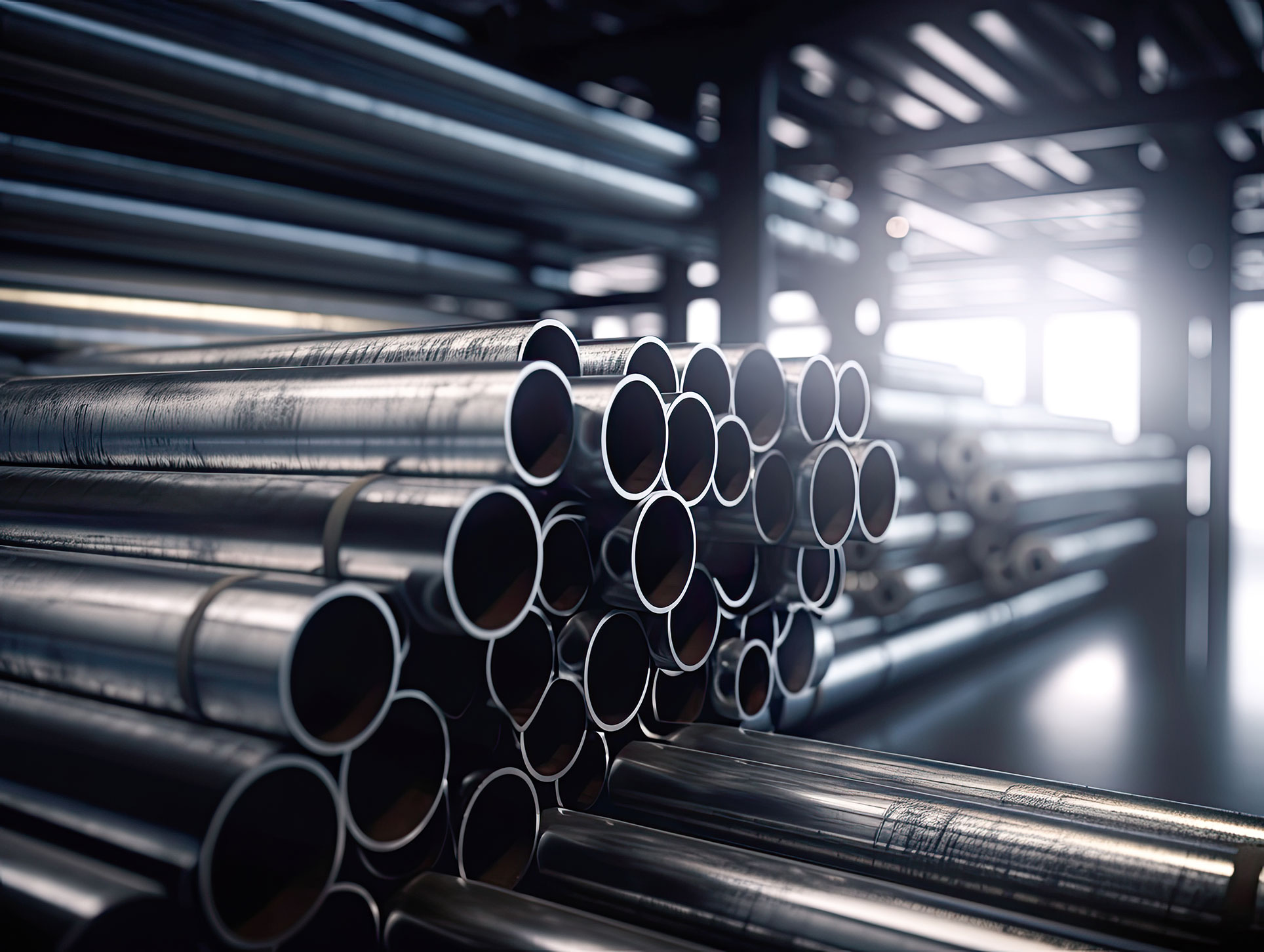One of the most longstanding – and incorrect – myths about ERW tube is it is inherently weaker than virtually all other forms of pipes produced by different means. This, we can tell you from our experiences at the forefront of the steel tubing industry, is not the case at all. As is perhaps always applicable with myths, however, there exists some truth in the origins of this idea being perpetuated.
Around the world there are a number of instances where businesses within certain industries will not use ERW tube. A good point of example would be businesses involved in offshore work. They, as you would imagine, have to manage the risk of machine faults to optimal levels. As some surveys showed that, at the time when it was analysed, ERW steel tubes might prove to be weaker and prone to fault, a decision was taken not to recommend them for any form of offshore installation.
The main problem with the above is that the studies were carried out more than 40 years ago. Whilst we wouldn’t doubt that finding ERW tube from the 1970s featured a weaker pressure capability when compared to other forms, we would state that technological advances have addressed this. In fact there have been huge improvements in both weld quality and strength in the intervening years.
As a leading producer of ERW steel tubes we understand exactly what properties the highest quality products. We are confident that they can stand proud alongside other styles of tubing and fill a wide array of applications to the highest standard.
We believe that the important lesson here is that when you’re told that ERW tube is in some way weaker, take the time to verify and check not only what was tested but also when. Relying on outdated information could well lead to you missing out on the perfect product for your project or overpaying when you do not have to.
If you have any questions please don’t hesitate to contact Union Steel Tubes for information.


